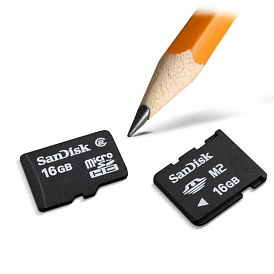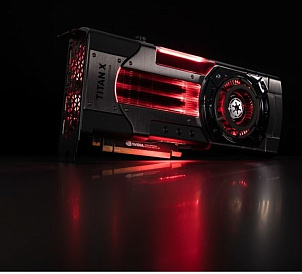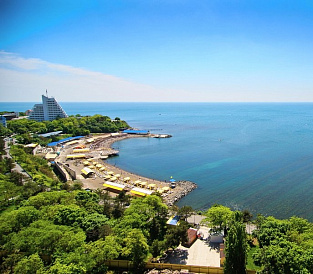What is the difference between TN matrix and IPS
There are two types of matrices in laptops - TN and IPS. And they differ not only at the technological level, but also the quality of the content display. Therefore, choosing a laptop for working with graphics or prepress preparation of multi-color documents, you should first pay attention to the type of matrix.
Let's understand what the TN matrix differs from the IPS - and which one is better. We will compare the following parameters:
-
Viewing angle;
-
Color rendition;
-
Response speed;
-
Price.
Angle of view of the matrices TN and IPS
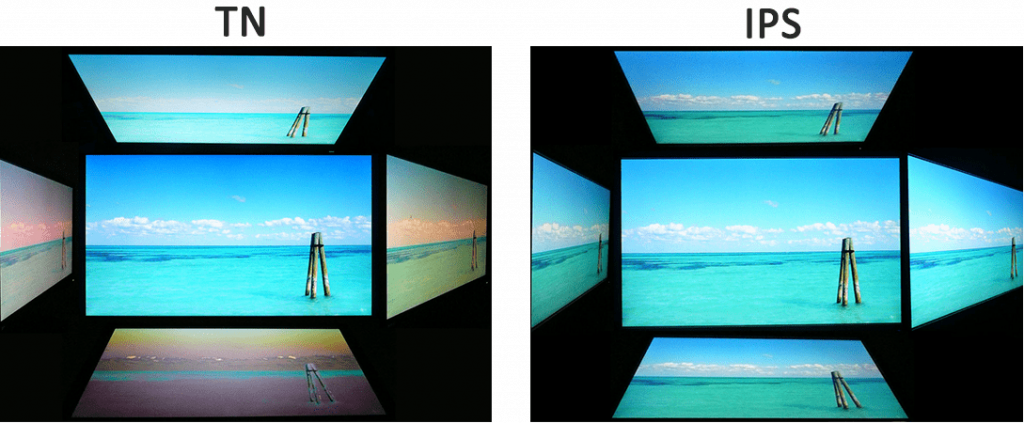
The viewing angle of the TN screens is quite small. It is about 60 degrees both vertically and horizontally. If you look at such a display from the side, then the colors on it will become more and more dull. And at a viewing angle of about 160 degrees, the monitor seems completely off.
IPS-matrix visibility at a very large viewing angle - up to 178 degrees! And both vertically and horizontally.
Winner: IPS-matrix.
Color rendition of matrices TN and IPS
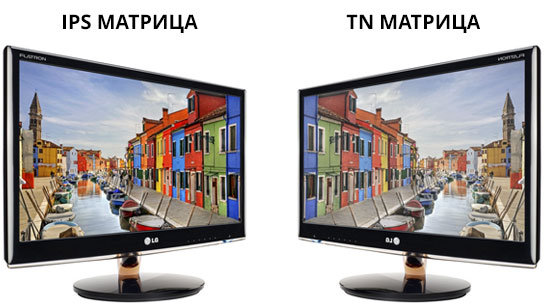
The color rendition of TN-matrices is also quite average. And this is also due to the peculiarities of the subpixels. On TN-matrices, it is impossible to achieve absolute black and absolute white colors.
Both black and white on the TN matrices look like shades of gray. Because of this, the contrast — both static and dynamic — becomes very low. The remaining colors are displayed normally, but because of this unpleasant effect, they also look very dull.
Of course, it is also impossible to achieve absolutely black on IPS matrices. Due to the peculiarities of the backlight, which are most pronounced on the screens with Edge LED technology, black looks like dark dark gray. But white is almost absolute. That is why the saturation of shades seems greater.
In addition, IPS-matrix can be calibrated under sRGB or a certain range. That is why many experts in the field of graphics (artists, photographers, designers) choose monitors with this type of screen.
Winner: IPS-matrix.
TN and IPS matrix response rate
The response speed of TF-matrices is not just great - it is almost the limit for the current level of technology development. Subpixels on this screen work for 1 ms! "Millisecond" displays were presented several years ago and since then they are constantly used by gamers and in gaming equipment.
For example, in the Razer top gaming laptops presented in 2017-2018, the TN matrix is used - despite all sorts of “narrow viewing angle” and other fun.
The IPS-matrix is not so good. The minimum response time at the time of this writing (April 2019) is 2-3 milliseconds, but in most cases it is 5-7 ms. For gamers, such a response time is prohibitively high - in these 5-7 milliseconds, the scene may well change a couple of times.
Winner: TN Matrix.
Price matrices TN and IPS
TN-matrices are easy to manufacture, are made of low-cost components, and therefore are relatively cheap. Most ultrabudget laptops, for example, install just such screens.
IPS - the pleasure is already less cheap.Such screens can be found in ultrabooks, professional laptops, as well as special screens (professional - for designers, artists, photographers and other creative professionals). In these areas, the accuracy of the display of shades is much more than could be saved by buying a TN-monitor.
Winner: TN Matrix.
What's better?
If you need bright, saturated colors of the monitor, as well as strive for high-quality display and independence from the viewing angle - you can use IPS. If you want to save or you need gaming equipment for rich virtual battles - it is better to choose TN.
However, it is worth noting that not all IPS are equally good. Budget models of this type can be dull, and they often have a problem with excessive yellow or blue image. So you should look at the monitor in the store before buying.


